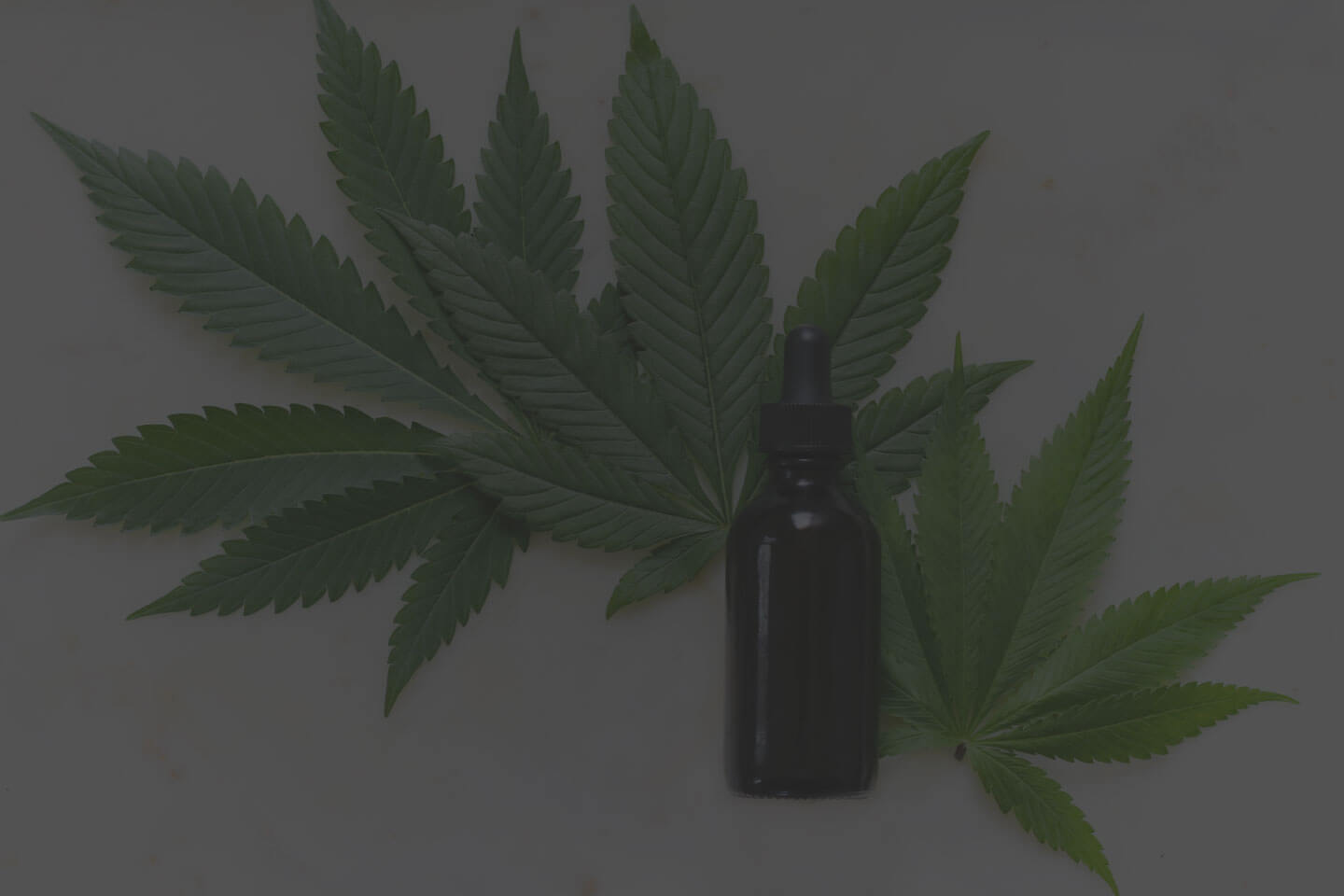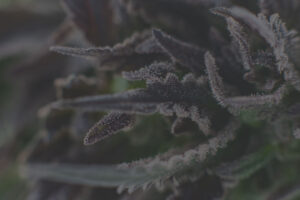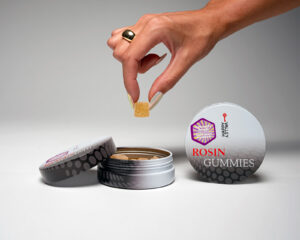With new varieties of cannabis appearing on the market each day, it can be hard to keep track of and identify the right cultivars for the best cannabis experience.
Historically, cannabis cultivars have been called a variety of names that have since become outdated. As more research provides insights into the genetic makeup of cannabis plants and their identifying characteristics, the vocabulary is shifting to more accurately describe products and effects.
What are Narrow Leaf Varietals and Broad Leaf Varietals?
If you’ve been around cannabis before or are familiar with cannabis culture, you may have heard the terms Sativa and Indica used to refer to specific cultivars or strains.
Indica and Sativa are dated terms
These terms were generically used to refer to cannabis plants as an all-encompassing classification of their effects based on their appearances. A tall plant with skinny leaves would be called a Sativa cultivar, and would have stimulating psychoactive effects. Short fat plants were called Indica cultivars, and would offer sedative effects.
We now know these terms are inaccurate on multiple counts. The term “Sativa” comes from the subspecies “Cannabis Sativa” or C. Sativa, of the genus Cannabis.
There has been much debate over the accuracy and application of the inclusion of Cannabis Indica and Cannabis Ruderalis (a short, rugged cannabis subspecies native to Asia and Eastern Europe), and the scientific community largely sticks to using C. Sativa as the sole subspecies.
“I think the classical characterization of Indica versus Sativa is not very helpful when you’re trying to understand what the active agents in the product are going to be.” -Jason Busse, McMaster University’s Centre for Medicinal Cannabis Research
Narrow Leaf Varietals, Broad Leaf Varietals, and Hybrids
Rather than using outdated, misappropriated terms, many are referring to cannabis cultivars as Narrow Leaf Varietals (NLV), Broad Leaf Varietals (BLV), and Hybrid Varietals.
These descriptions rely on specific, identifiable physical appearances, rather than scientific labels for families, genus, and species. NLV plants feature narrow, thin leaves and often grow as tall, lanky plants. BLV plants often grow as short, stocky plants with thick, wide leaves.
The Hybrid Trend
As the science surrounding cannabis has advanced and society has loosened the restrictions on research and development, the newly legal market has created a demand for tailored cannabis products and experiences. As a result, cannabis growers have interbred NLV and BLV plants to create new cultivars with specific combinations of cannabinoids, terpenoids, and flavonoids.
This phenomenon has changed the entire cannabis landscape, and a growing number of cultivars are classified as Hybrid varieties.
Cultivars and the endocannabinoid system
Hybrid cultivars draw upon the benefits of both NLV and BLV plants to produce new, tailored highs and effects.
Each of our endocannabinoid systems (the biological system that determines your sense of wellbeing) reacts differently to certain cannabinoid and terpene profiles. By interbreeding different varietals, growers can create plants that combine sedative and stimulating properties. In both cases, these new hybrid plants would draw upon both the stimulating and relaxing characteristics of NLV and BLV parents to create a one-of-a-kind experience.
How varieties are determined
With the prevalence of hybrid plants, it has become almost impossible to accurately judge the effects of a cannabis cultivar solely on its physical appearance. As neurologist and cannabis researcher Ethan Russo Ph.D. put it, “You cannot tell the effects a plant will have based on its shape—the shape of its leaflets, its size, or how tall it is…What we really should be honing in on is the chemical composition of the plant.”
Formulated Cannabis
Researchers, breeders, and growers are now focused on a cultivar’s composition, and the ratios of specific terpenes to specific cannabinoids that can create replicable experiences.
This research is often referred to as “formulated cannabis.” This creates specific formulas composed of different compounds from cannabis cultivars that would not otherwise exist naturally. Some brands have taken this a step further in isolating individual cannabinoids and terpenes and then recombining them in specific concentrations in concentrate and edible cannabis options.
Choosing a Cultivar that is Right for You
Choosing a cannabis cultivar may seem like an overwhelming choice, which is why starting with traditional classifications NLV and BLV may be helpful. Talk with your sales associate or recommending physician about what effects you are looking for.
What effects do you like?
Do you want stimulation? Sedation? Creativity? Appetite? Start with an effect in mind, and select an option that may broadly fall into one of those categories.
Once you find options that you enjoy, keep a journal or make notes of the specific cannabinoid and terpene profiles in that product. These can be used when shopping for new cultivars and help you identify options that will produce familiar effects.
Try not to rely too heavily on the names of cultivars, as these are often modified for marketing purposes, or may refer to specific phenotypes that have different characteristics.
Learn More About Cannabis Varietals
If you still have questions about selecting the right cultivar for your specific needs or how to identify the best varietals for growing your own cannabis, reach out to Happy Valley today.
For more information about cannabis science, read The Ultimate Guide to Cannabis Science.




